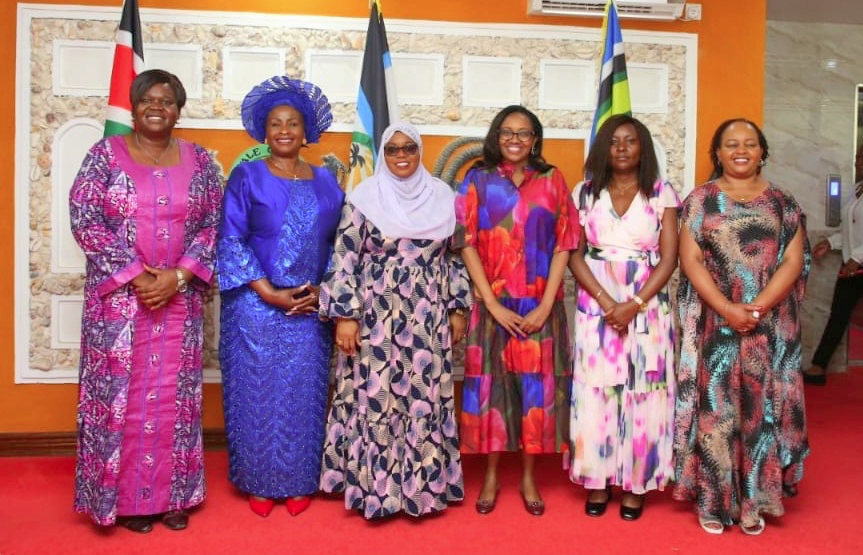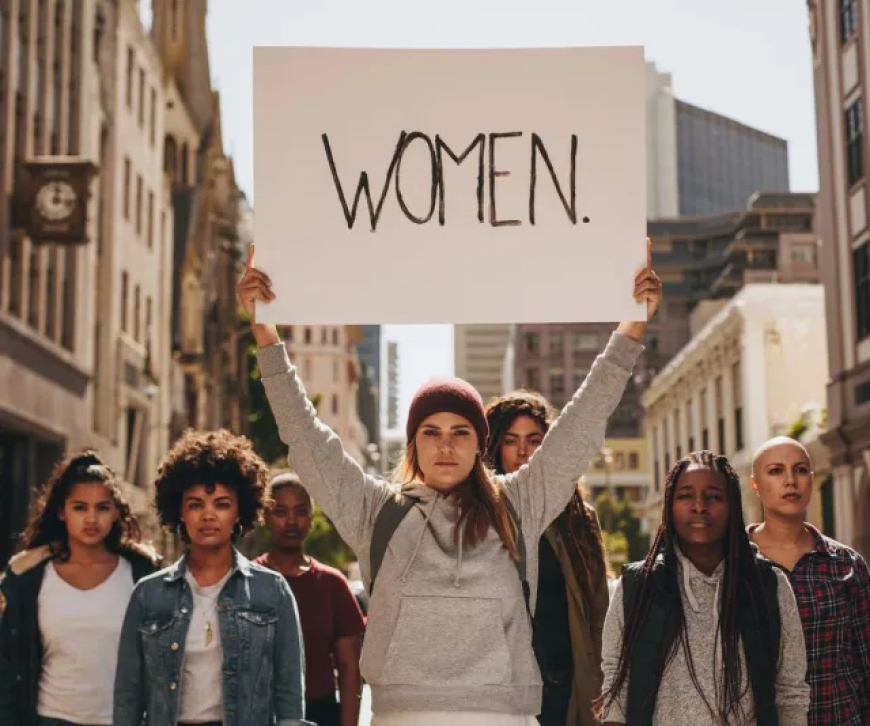The Intersection of Gender and Race: Challenges and Triumphs
Explore the unique challenges faced by women of color at the intersection of gender and race, and celebrate their stories of resilience and triumph. Insights from “The World’s Women 2020: Trends and Statistics.”
In the vibrant tapestry of human experience, the threads of gender and race weave a complex pattern, especially for women of color. Their stories are not just tales of struggle but also of resilience, triumph, and unyielding spirit. Let’s dive into the unique challenges they face and celebrate their incredible journeys, drawing insights from “The World’s Women 2020: Trends and Statistics.”
The Double Jeopardy of Discrimination
Imagine navigating life with a double-edged sword of discrimination. Women of color often face the compounded effects of both racial and gender biases. This phenomenon, known as “double jeopardy,” means they encounter unique barriers that their male counterparts or white women might not face. For instance, while the global labor market participation rate for women is 47%, it’s even lower for women of color in regions like Southern Asia and Northern Africa1. This disparity is not just a statistic but a reflection of systemic barriers that hinder their economic empowerment.
The Concrete Ceiling
While many are familiar with the “glass ceiling” that women face in their professional lives, women of color often contend with a “concrete ceiling.” This metaphor highlights the rigidity and impenetrability of the barriers they face. Despite increased dialogue around diversity and inclusion, women of color struggle to advance in their careers due to entrenched systemic biases. They are often overlooked for promotions, face microaggressions, and endure a lack of representation in leadership roles.

Stories of Resilience
Yet, amidst these challenges, stories of resilience shine brightly. Take, for example, the inspiring journey of women in the tech industry. Despite the odds, many have broken through the concrete ceiling, achieving remarkable milestones. However, their success often comes at a high cost, including burnout and the constant pressure to prove their worth. These stories are not just about individual triumphs but also about the collective strength and solidarity among women of color.
The Role of Unpaid Work
Unpaid domestic and care work is another significant barrier. Globally, women spend about three times as many hours on unpaid domestic work as men. This disproportionate burden restricts their ability to participate fully in the labor market and pursue career advancement. In regions like Northern Africa and Western Asia, the gender gap in unpaid work is even more pronounced, further limiting economic opportunities for women of color.
Education and Empowerment
Education is a powerful tool for empowerment, yet women of color often face significant hurdles in accessing quality education. While global enrollment rates for women in tertiary education are rising, disparities persist in fields like STEM and ICT, where women of color are underrepresented. Addressing these gaps is crucial for fostering an inclusive and equitable society.
Moving Forward
To create a more equitable world, it’s essential to address these systemic barriers. This involves not only policy changes but also cultural shifts that recognize and value the contributions of women of color. Organizations must foster inclusive environments, provide mentorship opportunities, and actively combat unconscious bias. On an individual level, amplifying the voices of women of color and supporting their endeavors can make a significant difference.
In conclusion, the intersection of gender and race presents unique challenges for women of color, but their stories of resilience and triumph are a testament to their strength. By understanding and addressing these challenges, we can pave the way for a more inclusive and equitable future.
What's Your Reaction?









































































































